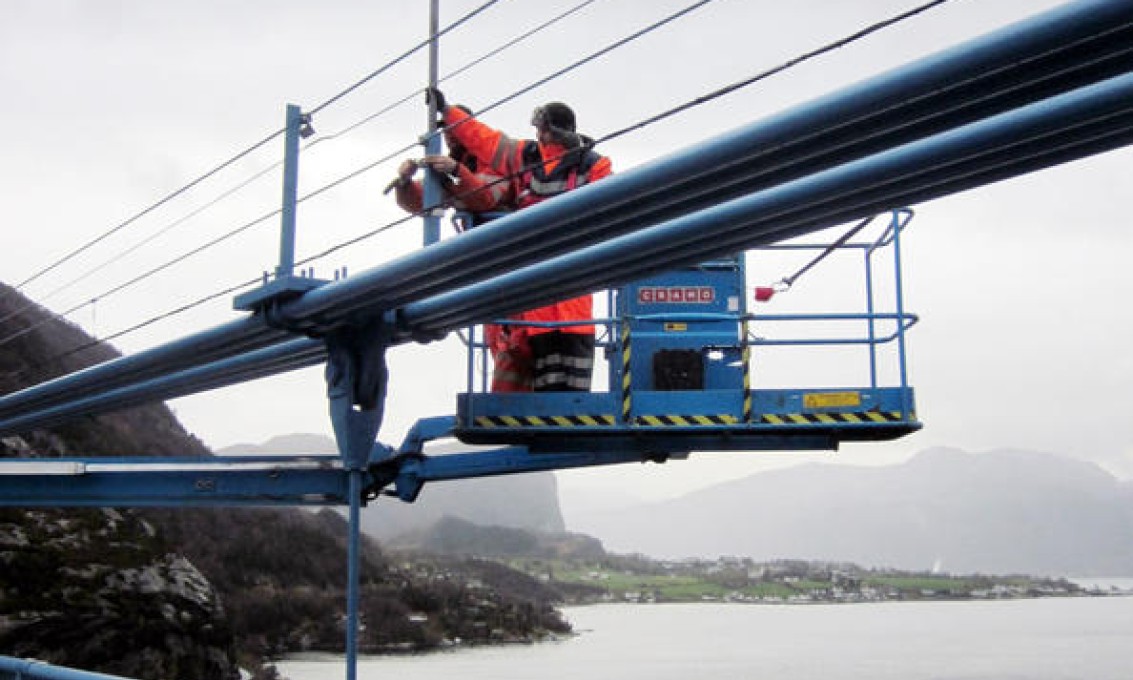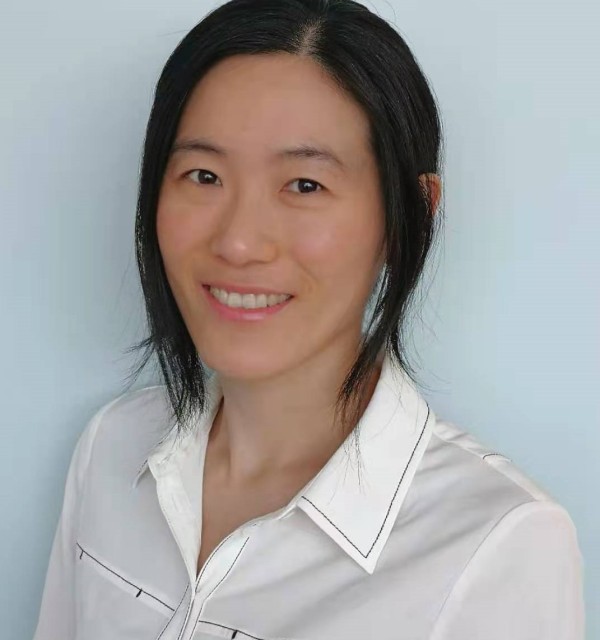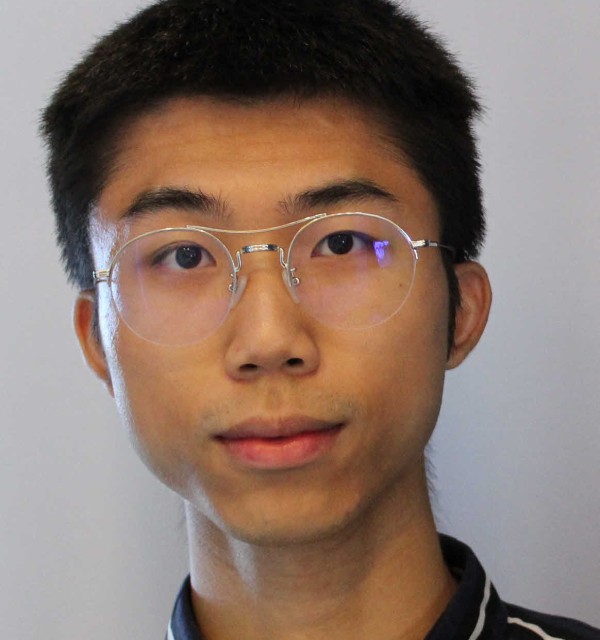This area focuses on Wind and Wave Load and Response Modelling and Monitoring.
3
2
7
The Norwegian government has adopted an ambitious plan for a ferry-free highway along the 1100 km coastal route South-West in Norway, between Kristiansand and Trondheim. Over a twenty years long period, eight new and challenging fjord crossings are planned for construction.
The extreme width (up to 5 km) and depth (up to 1 km) of several fjords to be crossed (e.g. Bjørnafjorden) call for new technological solutions, such as floating bridges, submerged bridges, suspension bridges on a floating supports. An example is the floating bridge concept over Bjørnafjorden.
The design partly builds on the expertise developed in offshore engineering, in relation to hydrodynamic loading, anchoring systems etc. The UiS’s expertise in hydrodynamics, numerical flow modelling, aerodynamics, marine operation etc. is very relevant to these projects, to arrive at a safe and economic design. UiS will continue to perform research directed to the following aspects of the offshore bridge design:
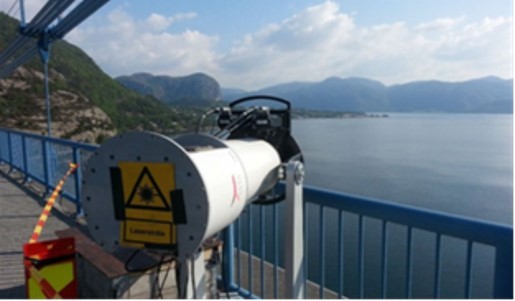
Improved assessment of the design environmental conditions
UiS has pioneered applications of the remote wind sensing to fjord crossings design, in collaboration with the Norwegian Center for Offshore Wind Energy (NORCOWE) and the Technical University of Denmark (DTU). Two groundbreaking measurement campaigns with lidars at an existing bridge site in Lysefjord were conducted first, followed by the remote wind mapping in Bjørnafjord, where a floating bridge is being considered for construction. This has paved the way for other lidar measurement campaigns where UiS’s expertise is used to develop and analyze wind measurements above the sea surface.
The remote wind sensing by long-range lidars makes it possible to monitor the flow conditions along a planned bridge span, without flow disturbances encountered by anemometers supported by masts in a surrounding terrain. Also, the short-range lidars offer a unique opportunity for field studies of flow around an existing bridge and the related wind loading. Both aspects will be further explored in a PhD study by Mohammad Nafisifard, which is part of the EU MSCA-ITN project Lidar Knowledge Europe (LIKE), hosted by DTU Wind Energy (2019-2023), https://www.msca-like.eu/. Professor Jasna Bogunovic Jakobsen is the main supervisor and Professor Jonas Thor Snæbjörnsson is the co-supervisor at UiS.
UiS has also performed a statistical analysis of the wave measurements in the Sulafjord, with emphasis of the wave propagation from offshore into the fjord. Further work on the environmental conditions will consider various sources of the uncertainties in the lidar measurements, joint probabilities of wind and wave conditions etc.
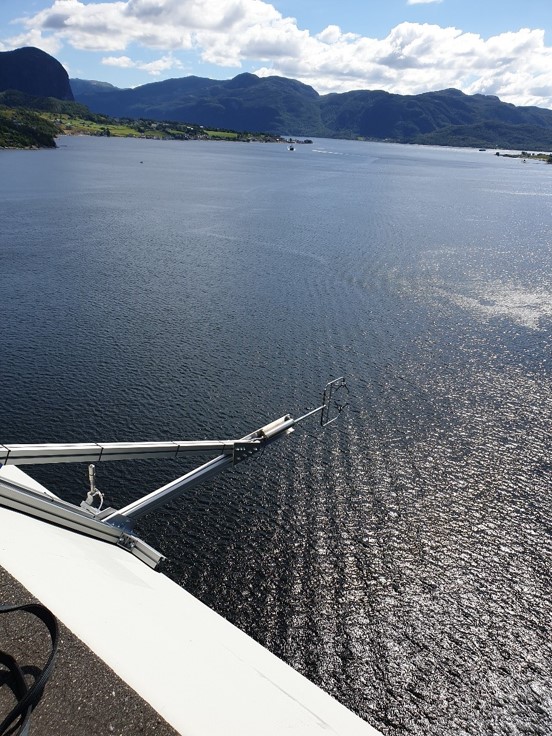
Validation and improvement of the buffeting wind load model
One of the remaining issues in the modelling of the buffeting loads on the bridge girders is the relationship between the spatio-temporal characteristics of the incoming turbulence and the associated characteristics of the fluctuating forces (drag, lift and overturning moment) along the bridge deck.
Wind tunnel studies suggest that the influence of the small-scale turbulence is attenuated over the bridge deck width (e.g., from 10 to 30 m), but that the uniform bridge girder “obstacle”, more than several hundred meters long, may introduce a higher span-wise correlation of the forces compared to the correlation in the incoming wind. The validity of these findings is hampered by the disproportionally high-frequency turbulence, due to scaling limitations in wind tunnels.
UiS is currently developing a measurement campaign from an existing bridge to fill-in this gap and acquire a unique set of full-scale observations of the wind gust interaction with a bridge-deck girder. The measurement system combines a series of pressure taps at the bridge deck surface, several low frequency pressure probes around the bridge deck and anemometers at the bridge deck level. The system will be integrated with the ongoing long-term observations of wind conditions and the wind-induced response launched at Lysefjord bridge in November 2013. The system development and the data are central in the UiS PhD study carried out by Nicolo Daniotti.
Cyclic loads due to wind gusts and traffic on long-span bridges create continuously varying, repeating stresses in the structure which, over time, lead to a weakening of the structural parts, the so-called fatigue. Fatigue related to such random loading of steel bridges as well as a considered bridge design using aluminum is addressed in the PhD study by Bruno Villoria, supported by the Norwegian Public Roads Administration and the Norwegian Research Council. The main supervisor for the PhD is Professor Sudath C. Siriwardane with Professor Jasna Bogunovic Jakobsen as co-supervisor in UiS.

Coupled time-domain analysis considering wind, waves and ocean current
Load and response analysis of bridges on floating supports requires an integrated modelling of wind, wave and current loads.
The UiS in-house software developed for this purpose combines time-domain simulations of turbulent wind field and the associates wind loading with simulations of the hydrodynamic loads on a floating bridge foundation (tension leg platform), using a finite element model in Abaqus as the basis. The tool, which allows one to study the relative importance of the various environmental factors for the design, can be further developed and adapted to other bridge designs.
Related to this, an improved modelling of the wind loading on a bridge with a variable orientation to the main flow direction, such as in case of a floating bridge with a curved axis in a horizontal plane, is being studied in the PhD work by Bernardo Morais Da Costa with Professor Jasna Bogunovic Jakobsen as main supervisor, supported by the Norwegian Public Roads Administration and the Norwegian Research Council. Co-supervisors are Professor Jonas Thor Snæbjörnsson and associate professor Jungao Wang at UiS.
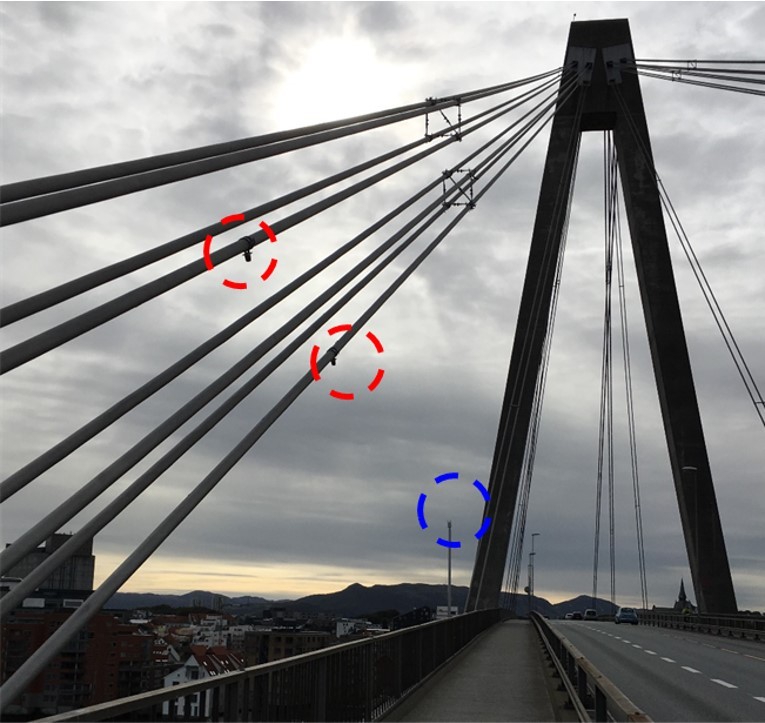
Bridge cable vibrations
Cables are among the key structural elements in long-span bridges, transmitting the dead, service and environmental loads to supports and foundations. While essential for safe operation of a bridge, cables are extremely sensitive to various sources of dynamic excitation and susceptible to fatigue and other types of damage.
In order to adopt measures for suppressing the various types of cable vibrations (rain-wind vibrations of stay cables, dry cable galloping, parametric excitation, tower wake excitation of hangers, vortex-induced vibrations, ice- wind vibrations etc.) it is vital to improve the vibration excitation mechanisms. UiS is involved in the joint international research focusing on the aerodynamic countermeasures to limit the galloping cable vibrations. A novel cable surface design has been proposed and is planned to be further optimized.
A related work concerns monitoring of the occasional stay-cable vibrations at Stavanger City bridge, in a project supported by the Norwegian Public Roads Administration. The analysis of the vortex induced cable vibrations (of negligible magnitude) and rain-wind induced vibrations (up to couple of cable diameters) is carried out by the PhD student Nicolo Daniotti with Professor Jasna Bogunovic Jakobsen as main supervisor and Professor Jonas Thor Snæbjörnsson as co-supervisor.
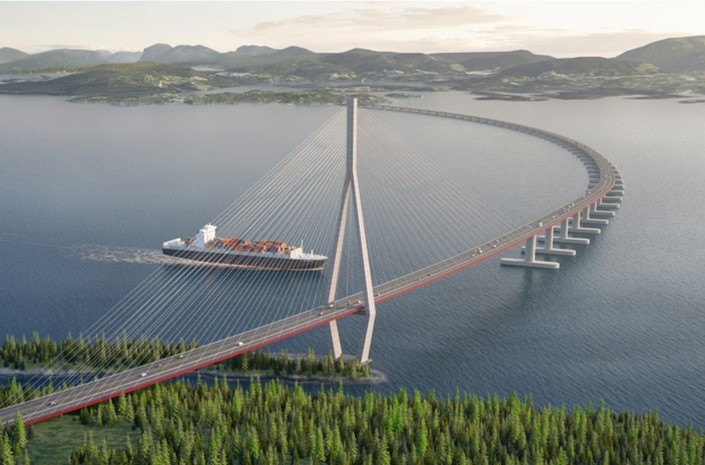
Ship collision risk assessment and dynamic response of floating bridges
Bridge structures are under the threat of accidental ship collisions. Potentially, ships with large kinetic energy may cause serious damages to the bridge structures should a collision accident occur.
In collaboration with Norwegian Public Roads Administration and Norwegian University of Science and Technology, the UiS team is leading a research project on the design and analysis of long floating bridges across the Norwegian fjords. The research team endeavours to contribute to the development of design guidelines for floating bridges and tunnels against accidental ship collisions.
The research aims to establish analysis tools and procedures for ship collision risk assessment and structural damage estimation. The dynamic local and global responses of floating bridges under ship collisions will be investigated.
Project duration: 2019-2021
Funding org: Norwegian Public Roads Administration
Researchers at UiS: Professor Jasna B Jakobsen and Associate Professor Yanyan Sha
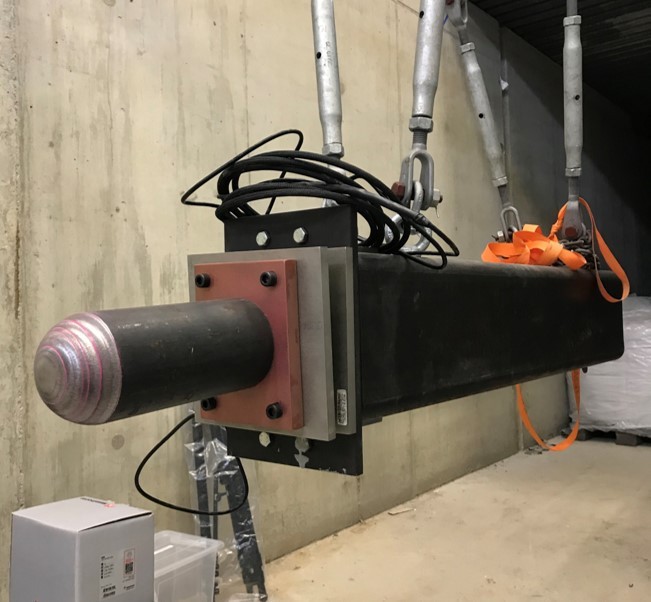
Pendulum impact testing facility
Bridges, buildings, and offshore structures are under accidental loads from collisions, explosions, and dropped objects. Understanding how building materials and structures behave under impact loads is essential to solving a variety of engineering problems.
In collaboration with the Norwegian Public Roads Administration, the structural impact and dynamics lab at UiS has developed a pendulum impact test facility that can observe, measure, and analyse the structural behaviour under impact. The test apparatus includes a high-speed, high-resolution camera and a digital image correlation system which can capture structural deformation and fracture. This facility provides a platform for researchers, industry, and students to explore innovative and sustainable design of impact resilient structures.
Researchers at UiS: Professor Jasna B Jakobsen and Associate Professor Yanyan Sha
Multi-fidelity shape optimisation of suspension bridge decks
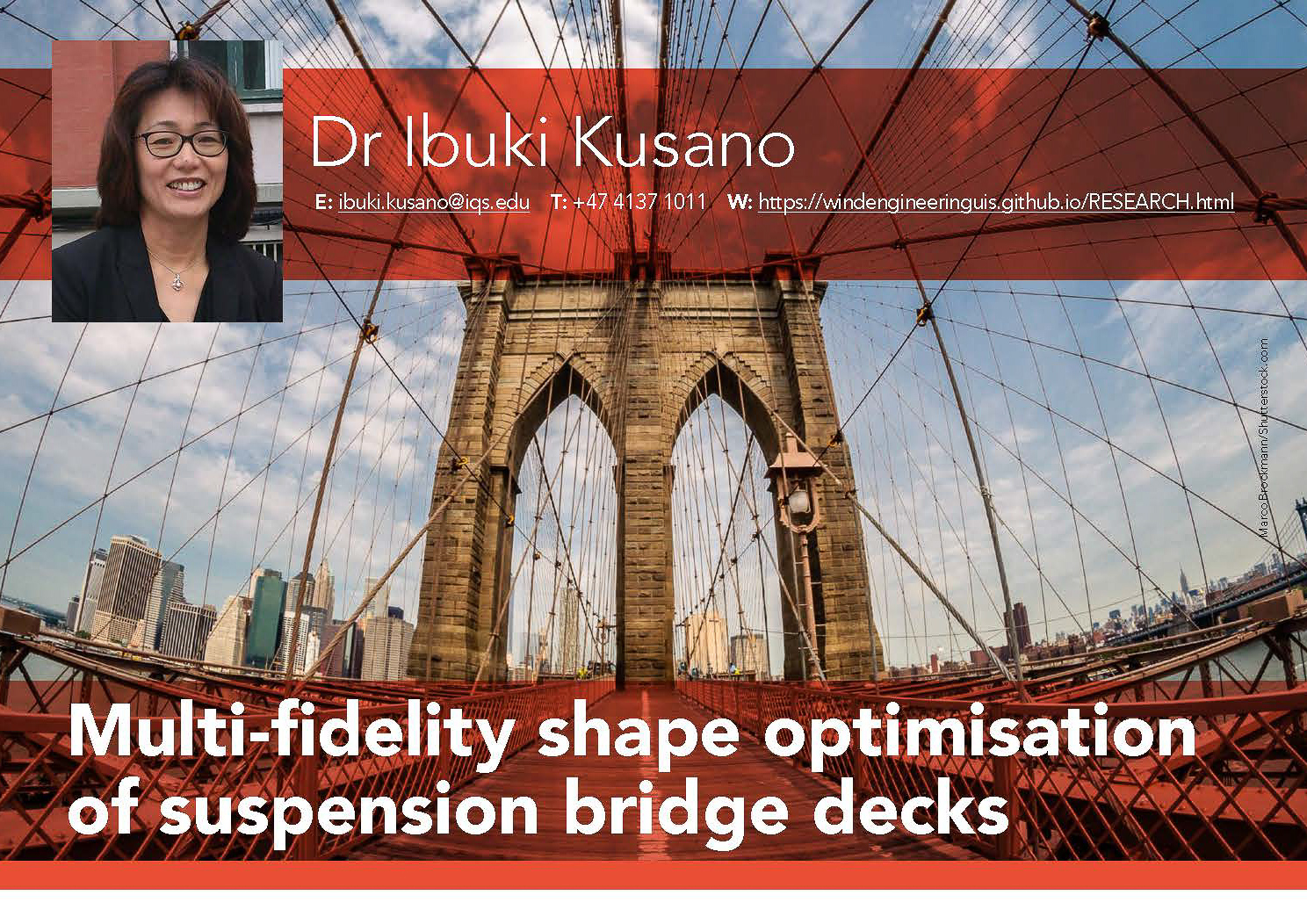
Multi-fidelity shape optimisation of suspension bridge decks is a Marie Curie Individual Fellowship project that was finished September 2020.
Dr Ibuki Kusano is a Marie Curie research fellow at the University of Stavanger, Norway. She earned her BS in mechanical engineering at the University of California, Santa Barbara, and PhD in civil engineering at the University of Coruña, Spain.
Here you can read the outreach article from the project.
Researchers
Department of Mechanical and Structural Engineering and Materials Science
Department of Mechanical and Structural Engineering and Materials Science
Department of Mechanical and Structural Engineering and Materials Science
Doctoral fellows and lab engineers
Department of Mechanical and Structural Engineering and Materials Science
Department of Mechanical and Structural Engineering and Materials Science
